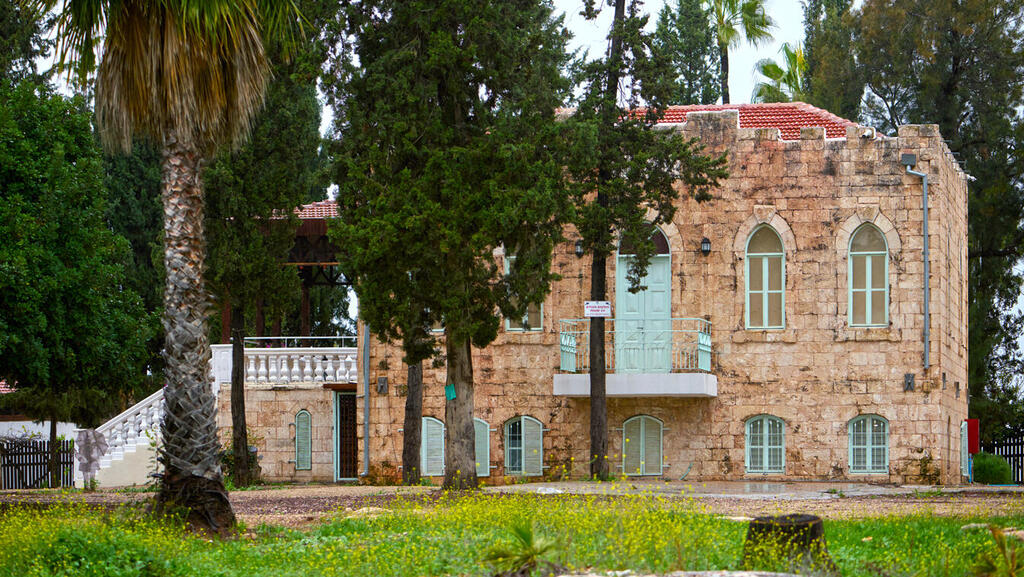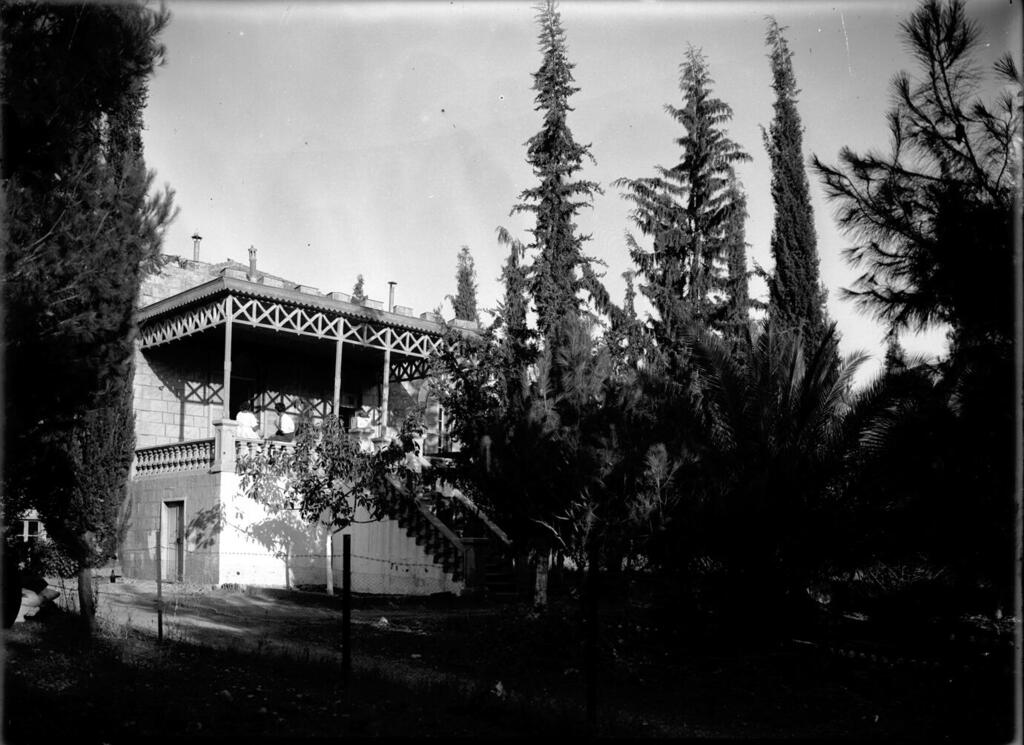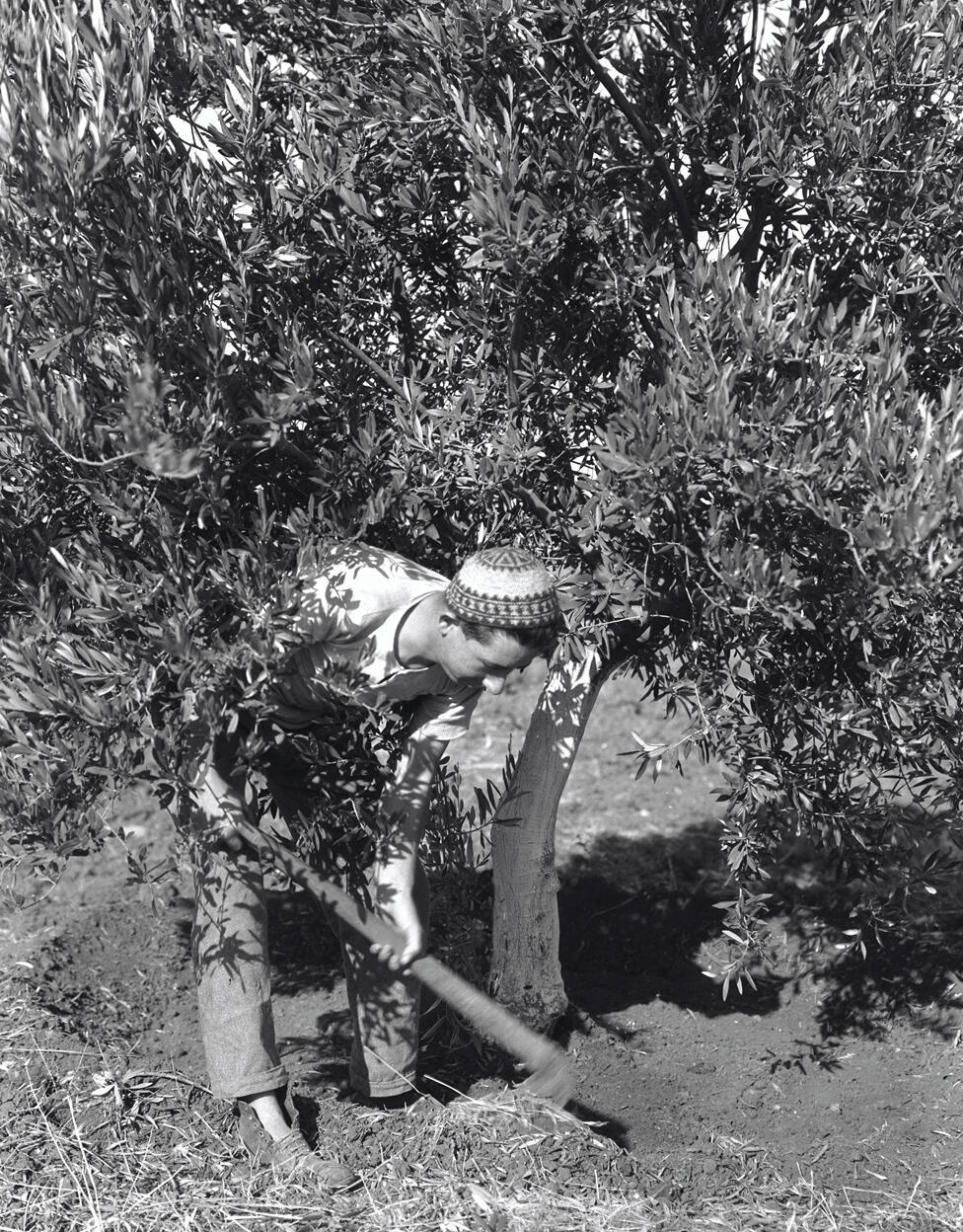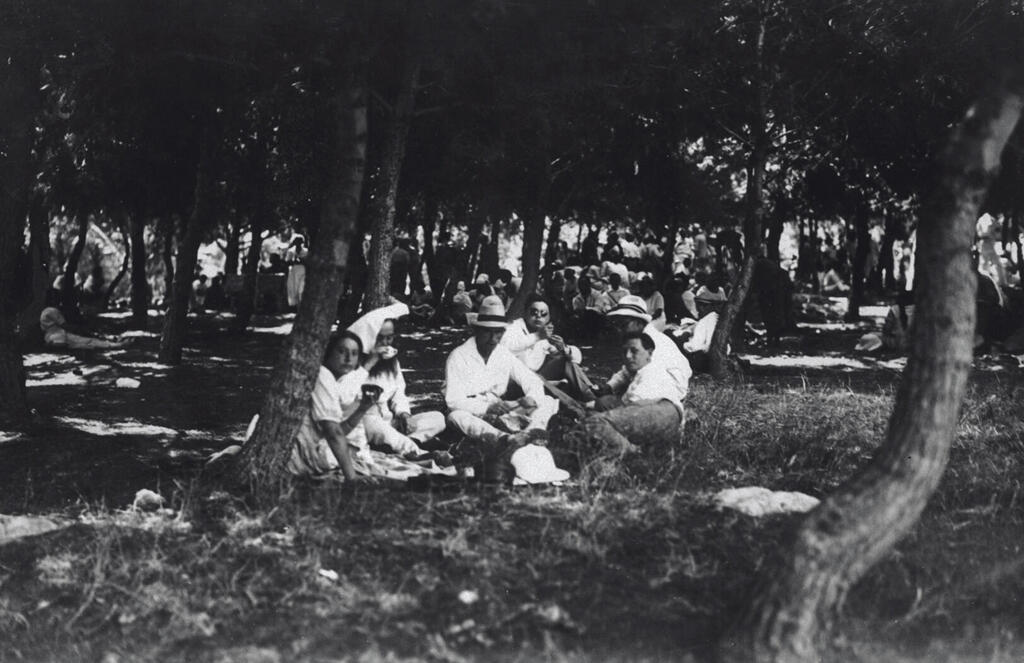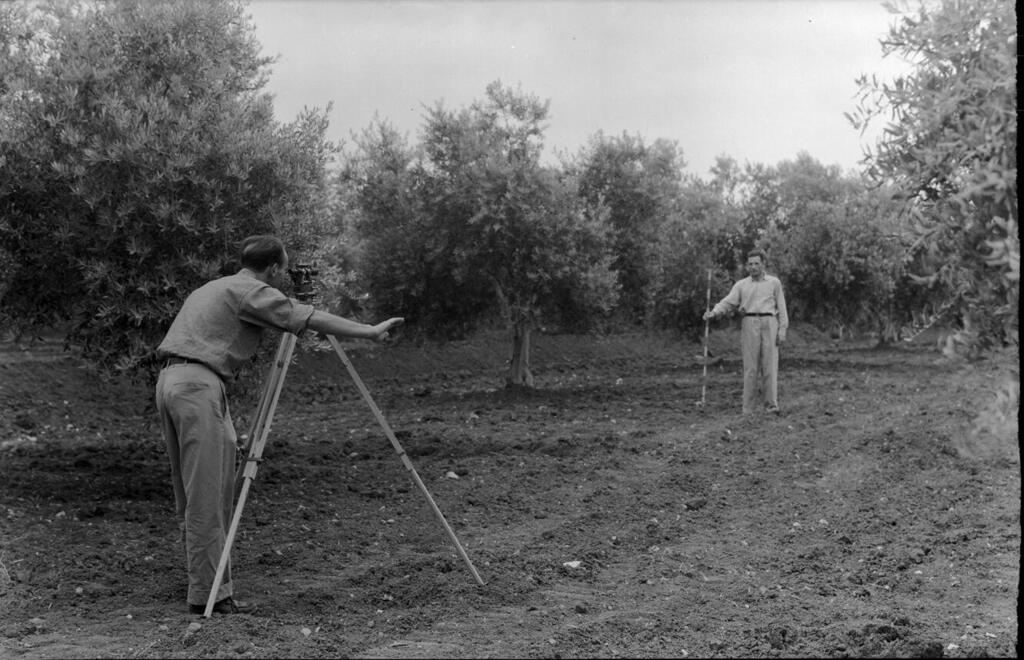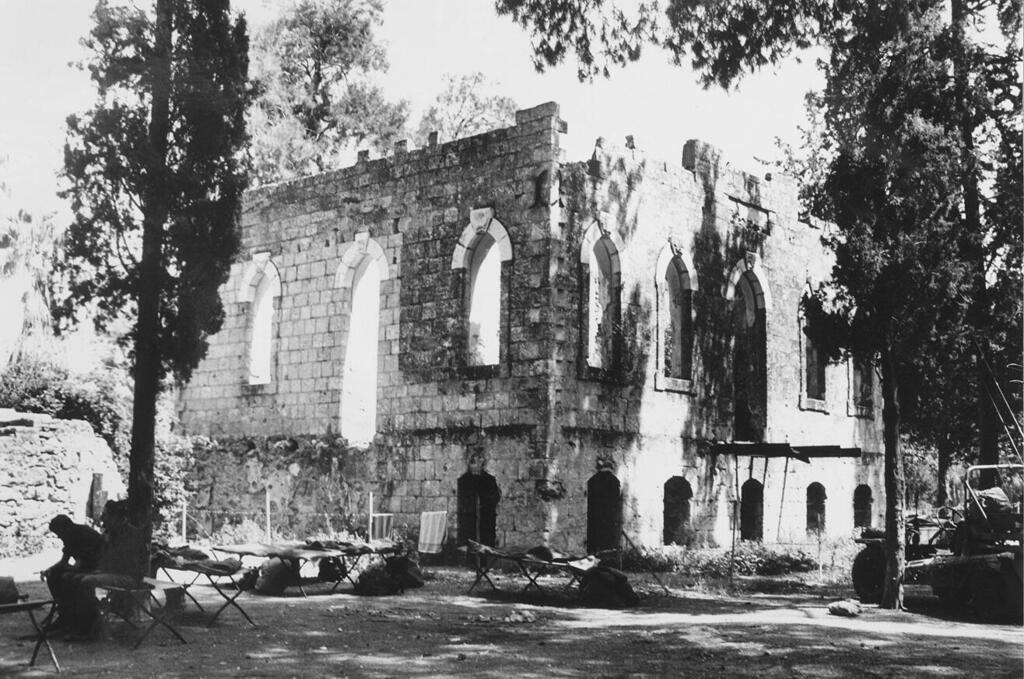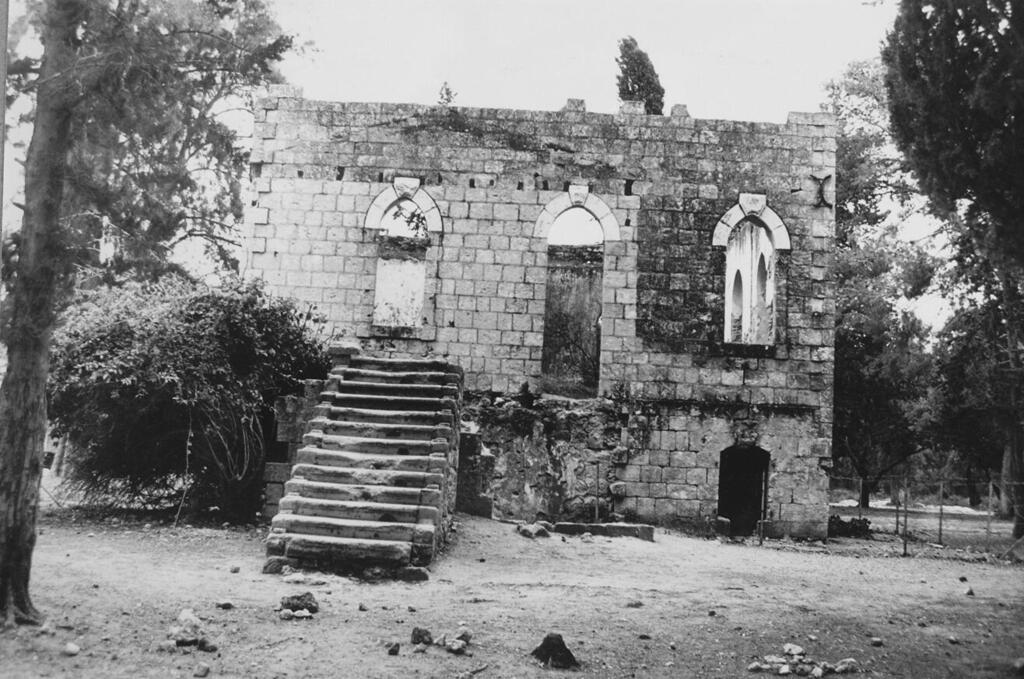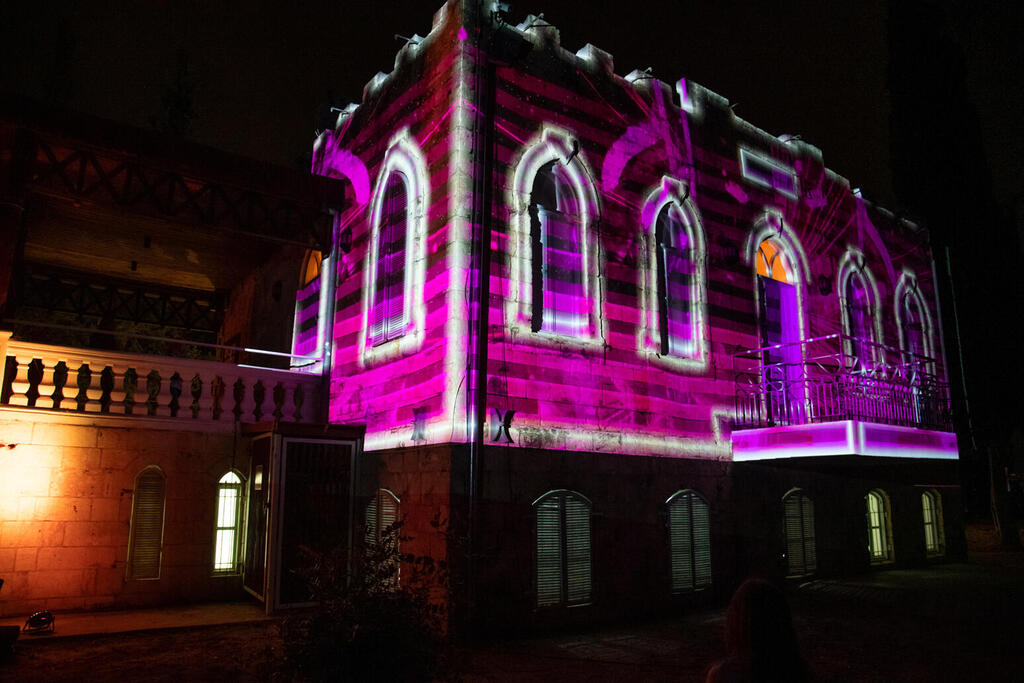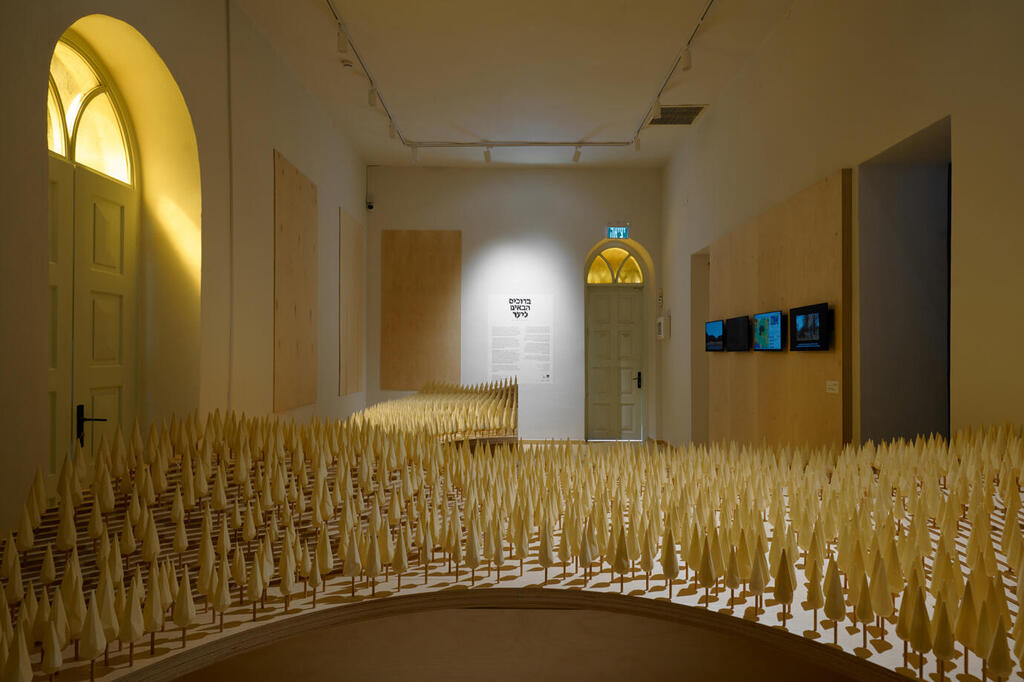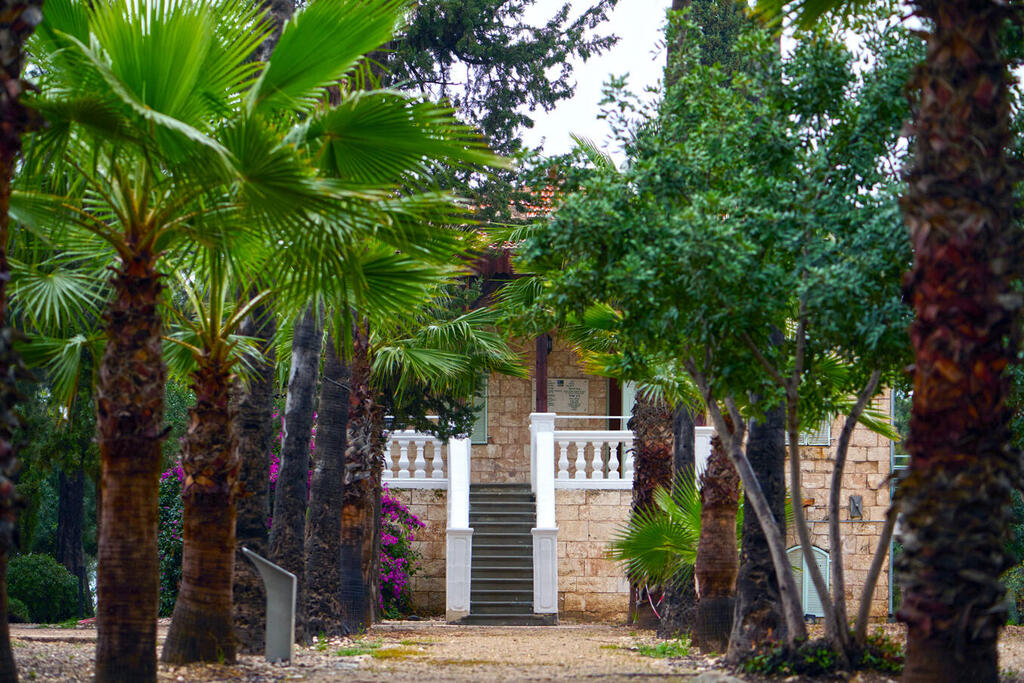The Herzl House in Hulda Forest has recently reopened to visitors after years of neglect and being closed to tourists who visited the forest.
Read More:
In celebration of the reopening, until the end of June, an exhibition will be presented at the site featuring a fascinating model of 4,000 miniature trees that simulate a forest, and entry is free of charge. We have returned to the historical story of the place.
Hulda Forest, also known as Herzl Forest, is located in the Shephelah region of Israel and is considered one of the first forests planted in the country. Some even argue that it is the very first one. Its planting began in 1907 as a large olive grove in memory of the visionary of the state, Theodor Herzl, three years after his passing.
In 1909, a large and magnificent house was built in that place, intended to serve as a residence for the managers and workers of the vineyard, as well as home to the Herzl Museum.
The house was designed in an eclectic Eastern style by the architect Yosef Burski, one of the pioneers of architecture in the country.
Nowadays, the forest stretches over 1,269 dunams (315 acres) in the heart of the Gush Etzion Regional Council. However, its beginnings were not easy, and out of the initial 12,000 olive trees planted there, only about 3,000 survived. Following the failure, Arthur Ruppin hired the services of agronomist Yitzhak Elazari-Volcani (Wilkanski), who would later become the founder of the Volcani Agricultural Research Institute.
Wilkansky transformed the place into a thriving educational farm, aiming to train foresters and pioneers in agricultural work. In addition to the olive groves, he added fruit trees such as pomegranates, cherries, and almonds, as well as forests of oak, cypress, carob, pine, and almond trees.
Most of the forests in the country were planted according to the Hulda Forest model, and their landscapes were designed in the way we recognize them today. The large house in the heart of the forest served as the residence for the pioneers and their vocational training in agricultural professions.
During World War I, the farm was abandoned, and the locust invasion devastated the plantations. After the war, groups of pioneers settled in Hulda and decided to restore the forest by planting new trees. The educational farm activities were also resumed, and the large house once again served as a center for vocational training for hundreds of young pioneers in the fields of agriculture and forestry.
However, the violent events that swept the country in the summer of 1929 also reached the isolated farm. One night, defenders of Hulda barricaded themselves inside the Herzl House, facing a severe attack by surrounding Arab assailants. In the battle, Ephraim Chizik died while coming to aid in the defense of the place, nine years after his sister, Sarah Chizik, had fallen in the battle to defend Tel Hai.
During the 1940s, the farm served as a training center for the Haganah, a Zionist paramilitary organization. During the War of Independence, due to Hulda's location at the crossroads to Jerusalem, the Herzl House served as a departure base for most of the convoys heading to the besieged city. From there, in 1948, the forces that broke through the "Burma Road" and bypassed Bab El Wad also departed.
After the establishment of the state, the magnificent house was left abandoned and neglected. However, during Israel's Jubilee year, as part of a policy to restore 50 historical sites, it was decided to renovate and restore the Herzl House.
The preservation work included the placement of exhibits depicting chapters in the site's history and the restoration of the memorial to Ephraim Chizik. However, after a few lonely years, the place was once again neglected and closed to the public for a decade.
In 2020, the Jewish National Fund initiated works to make the site accessible in preparation for its reopening, and it is now reopened under the name "Herzl Farm - Seasonal Cultural Center." The project is jointly led by JNF and the Gush Etzion Regional Council, along with the Heritage and Architecture Ministry, represented by architect Shira Shapira.


